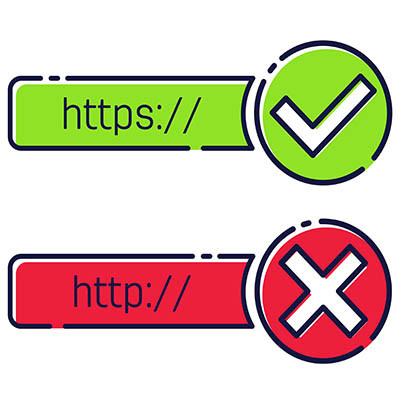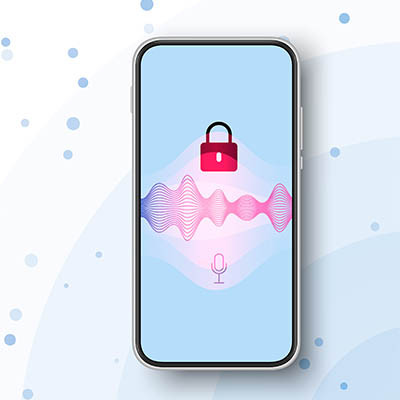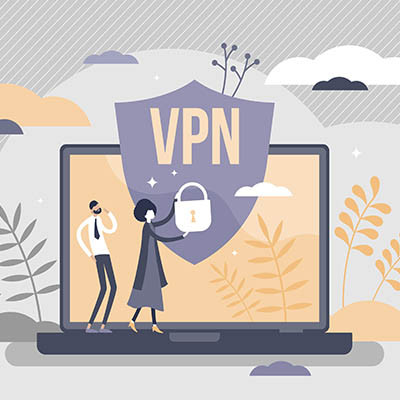FRS Pros Blog
It can be too easy to overlook the importance of technology and its security, particularly in industries that are deeply steeped in tradition, regardless of how crucial that security may seem when actually considered. Just consider the modern law firm, where technology, data, and the security of such is paramount.
When you think about the workweek, there’s a good chance that some iteration of the 40-hour week, broken into 9-to-5 shifts on the weekdays is what comes to mind. It’s just the way things are done. However, this may not be a good thing. Let’s consider the origins of our modern work schedule, and how changing it could provide us all with some serious benefits.
Let me ask you something: how many people do you fundamentally trust? Well, in a zero trust network, that number is reduced to zero. The idea of such a network is that everyone, whether they’re operating inside of the network or out, needs to be verified… and as you might imagine, it has proven effective in preventing data breaches.
The Internet browser is easily one of the most-used applications in this day of cloud-hosted resources and online content… but for all that use, is it also one of the most-secured applications? In some ways, yes… but there’s always a few extra steps that can help you improve your protections.
Authentication has been a major talking point for the past few years, particularly as the value of data has only increased and security has correspondingly increased in importance. As a result, more secure and reliable means of identity verification have also become more critical. Now, voice authentication is being considered as such a means.
Virtual private networking, while maybe not the most familiar term to everyone, at least seems to be pretty straightforward. Such a specific-sounding term must apply to one aspect of technology and that one aspect alone, right?
Well, kind of, sort of, not really. In actuality, there are two kinds of VPN. Let’s go over what makes them different, and which your business should utilize.
The cyberattack on SolarWinds was devastating for many reasons, and Microsoft has officially uncovered yet another type of malware used in the attack on the software provider. This time, it is a backdoor threat they have named FoggyWeb. What does this threat do and why is it so important to look at this incident even now?
The cloud is a great opportunity for businesses to increase accessibility of data and enhance productivity, especially while remote, but for those who do not know how to approach it, the cloud can be intimidating. Today, we are going to make the case for a private cloud solution and why you should consider it as a viable option for your business, even if it does not seem like it at the moment. You might be surprised by what you learn!
The major difference between an enterprise and a small or medium-sized business is just its size. As a result, many of the tools that the enterprise takes advantage of can easily be used by their smaller counterparts. Let’s review just a few of these processes and technologies.
It’s not unheard of for some threats to remain undiscovered for months or even years, as is the case with a particularly nasty one in the Microsoft Azure database system. This exploit, discovered by cloud security provider Wiz, is built into Cosmos DB, Microsoft Azure’s managed database service. Let’s take a look at the exploit and see what we can learn from it.
Whenever your technology is involved in your business processes, it is important that you abide by best practices to see the most effective results. Let’s run through the most effective practices that you should reinforce in your operations.
We’ve all seen the fields in our email, CC and BCC, and most of us have probably used them before. Let’s consider where we get those terms, and how each of them is properly used.
Remote work has been embraced over the past two years, in no small part due to the impact of the pandemic. However, some of the impacts of remote work have made it clear to many businesses that its advantages shouldn’t be sacrificed once it is no longer necessary. Let’s review how businesses can improve by continuing the practices of remote work, even after the need for remote work has passed.
Windows 11 seems to be rapidly approaching, so now is the perfect time to discuss Windows upgrades and upcoming end-of-life scenarios, including Windows 8.1, which is slated to expire in 2023. You might be wondering if you have the hardware to handle this upgrade, and that’s a valid question, but what does the end-of-life scenario for Windows 8.1 really look like for your business? Let’s take a look.
Most modern businesses rely on wireless internet connectivity in their day-to-day processes. Of course, this means that their potential productivity is tied to the quality of their internet and its capability to serve the entire workforce. As a business grows it becomes more important that its Wi-Fi setup can support it. Let’s go over the process of properly scaling your network to your needs.
We throw the term “best practice” around a lot… enough that, without an appreciation for what the term actually means, it can start to sound like just another buzzword that the IT guy is using to sound more impressive. We assure you that this is not the case, and that the term “best practice” actually does mean something.
A virtual private network, or VPN, is a critical part of keeping your business safe while operations are taking place out of the office, but a discussion needs to be had about what a VPN can do and what a VPN cannot do. This is especially important to know for keeping your company safe, so without further ado, let’s dive in.
With more businesses moving in the direction of remote connections and mobile devices, it’s no surprise that wireless Internet is such a pain point for organizations. Sometimes it can be an exercise in frustration to connect to your office’s wireless network, and you might not really know what to do about it. Here are some ideas to try and increase your wireless network’s strength or signal.
As time has passed, more focus has been put on balancing a user’s identity authentication in terms of its convenience versus its security. This is what has led to the development of solutions like Windows Hello, the biometrics-based system that Microsoft has introduced into the Windows operating system.






















